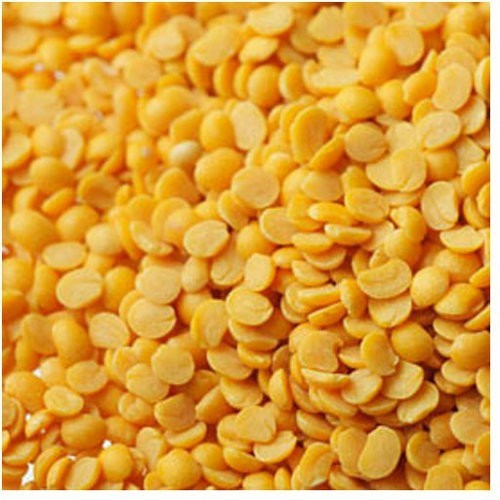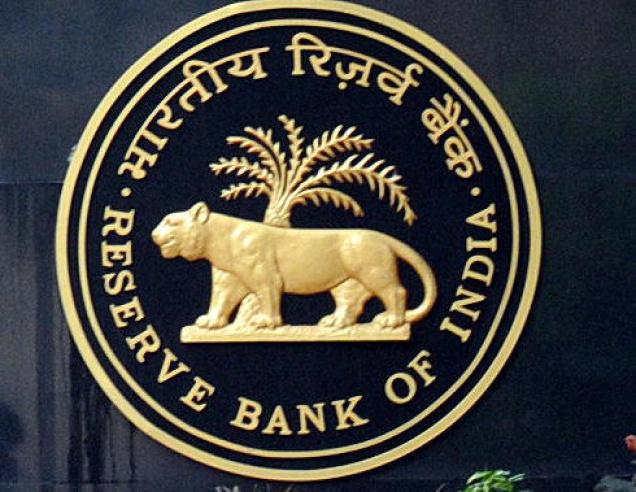
The kharif crop sowing season is on. The ministry of agriculture declares regular data on this front every week. The latest data suggests that as on June 23rd 2017, the area sown under pulses stood at 5.97 lakh hectares. By the same time last year, the area sown under pulses had stood 9.01 lakh hectares. Hence, this year has seen a drop of close to 34 per cent, as far as area sown under pulses is concerned. The question is why? While deciding on how much area to allocate to a particular crop, farmers basically look at the price they received for it, the last time they produced and sold it. On that front, the record of pulses hasn’t looked good in the recent past. Look at Figure 1.
Figure 1:
lefttop00Figure 1 plots out the inflation and recent deflation (a fall in prices) of pulses over the last few years. In December 2015, the price of pulses had gone up by 49 per cent in comparison to December 2014. This rate of price rise fell in the months to come, but remained in and around 30 per cent. While this made pulses unaffordable for the common man, the indication it sent out to farmers was to plant more pulses because that is where money was to be made. Take a look at Figure 2. It plots the total production of pulses over the years.
Figure 2:
In 2016-2017, the production of pulses went up by 37 per cent to 22.4 million tonnes. This was the highest production of pulses in India ever. The farmers were expecting a good price for it, but what they got was exactly the opposite. The price of pulses crashed. Take a look at Table 1. It has the details of the prices received for different kind of pulses across different mandis in India.
Table 1: Price Movement for major pulses in Major Domestic Markets (in Rs/gtl)
As is clear from Table 1, the price of different kinds of pulses except for chickpeas, has fallen in comparison to the last year. Tur dal or pigeon pea has been hit in particular, with prices in March 2017, falling by close to 45 per cent across different mandis.
This is not surprising given that Tur dal production went through the roof this year. Take a look at Figure 3, which plots the production of Tur dal over the years.
Figure 3:
As can be seen from Figure 4, the production of tur dal in 2016-2017 jumped by close to 80 per cent to 4.6 million tonnes. This massive increase in production was primarily in response to a massive jump in price in 2015-2016. With the massive increase in supply in 2016-2017, the prices of tur in particular, and pulses in general, have crashed.
The central government declares the Minimum Support Price (MSP) for 23 crops, including rice and wheat. While the government declares the MSP for 23 crops, it procures only rice and wheat directly from the farmers, using the Food Corporation of India as well as state procurement agencies. Recently, the government has started to procure pulses as well, in the hopes of being able to offer a reasonable price to farmers.
But given the poor procurement mechanism in place, the price of pulses in many places, fell below its MSP. As a February 2017 report in The Times of India points out in the context of the state: “The MSP for tur dal is Rs 5,050 per quintal, but farmers are getting only Rs 4,200-4,300 per quintal.”
Some sort of stability could have been provided to these falling prices, if the government through its various agencies would have bought pulses at the MSPs it had announced. But given the recent start in procurement of pulses, the government agencies are not in a position to procure much. In 2016-2017, the total procurement of pulses by various government agencies stood at 1.1 million tonnes. This amounted to around 4.9 per cent of the total production of pulses. As the Price Policy for Kharif Crops-The Marketing Season 2017-18 points out: “Procurement of pulses is about 1.1 million tonnes as on 21.03.2017, much higher than earlier years but market prices are still ruling below MSP in some states. Therefore, there is a need for effective involvement of states in procurement of pulses. However, infrastructure of NAFED and SFAC [two of the agencies that procure pulses] needs to be strengthened with administrative and financial support to take up procurement of pulses on a substantial scale throughout the country.”
NAFED has had multiple problems regarding procurement of pulses, from a shortage of gunny bags, to running out of space due to a bumper crop. Having said this, procurement by the government isn’t really a long-term solution. What is needed is the development of a proper market system, where farmers can get the best prices for their crops. This of course, is easier said than done. While, Indian politicians like to flirt with market economics in many areas, the moment it comes to agriculture, they tend to clamp up.
Also, what has not helped is the fact that imports of pulses have continued unabated. Between April 2016 and January 2017, a total of 6.1 million tonnes of pulses had been imported. In 2015-2016, a total of 5.8 million tonnes of pulses had been imported. Hence, more pulses were imported in the first nine months of 2016-2017 than the year before that. The trouble was that in 2016-2017 along with a jump in imports, the production of pulses also went up by 37 per cent. If the import of a commodity is allowed, it’s export should be allowed as well.
While this brought down the price of pulses in the short-term, it sent out the wrong economic signals to farmers who had planted pulses in 2016-2017. And given this, the current financial year has seen the area sown for pulses fall dramatically by more than a one-third, in response to the recent crash in the price of pulses. As far as the plantation of pulses in kharif season goes, there is still some time to go and these numbers can change.
But if they don’t, then the total production of pulses through 2017-2018, will be lower than the bumper crop in 2016-2017. This, of course, will send the prices of pulses up all over again. Indeed, this is worrying for a nation where the consumption of protein is going up. Pulses remain the best source of protein for the vegetarian part of the population.
This pretty much summarises the way the ‘convoluted’ economics of pulses works in India.
The column originally appeared on Equitymaster on June 27, 2017

